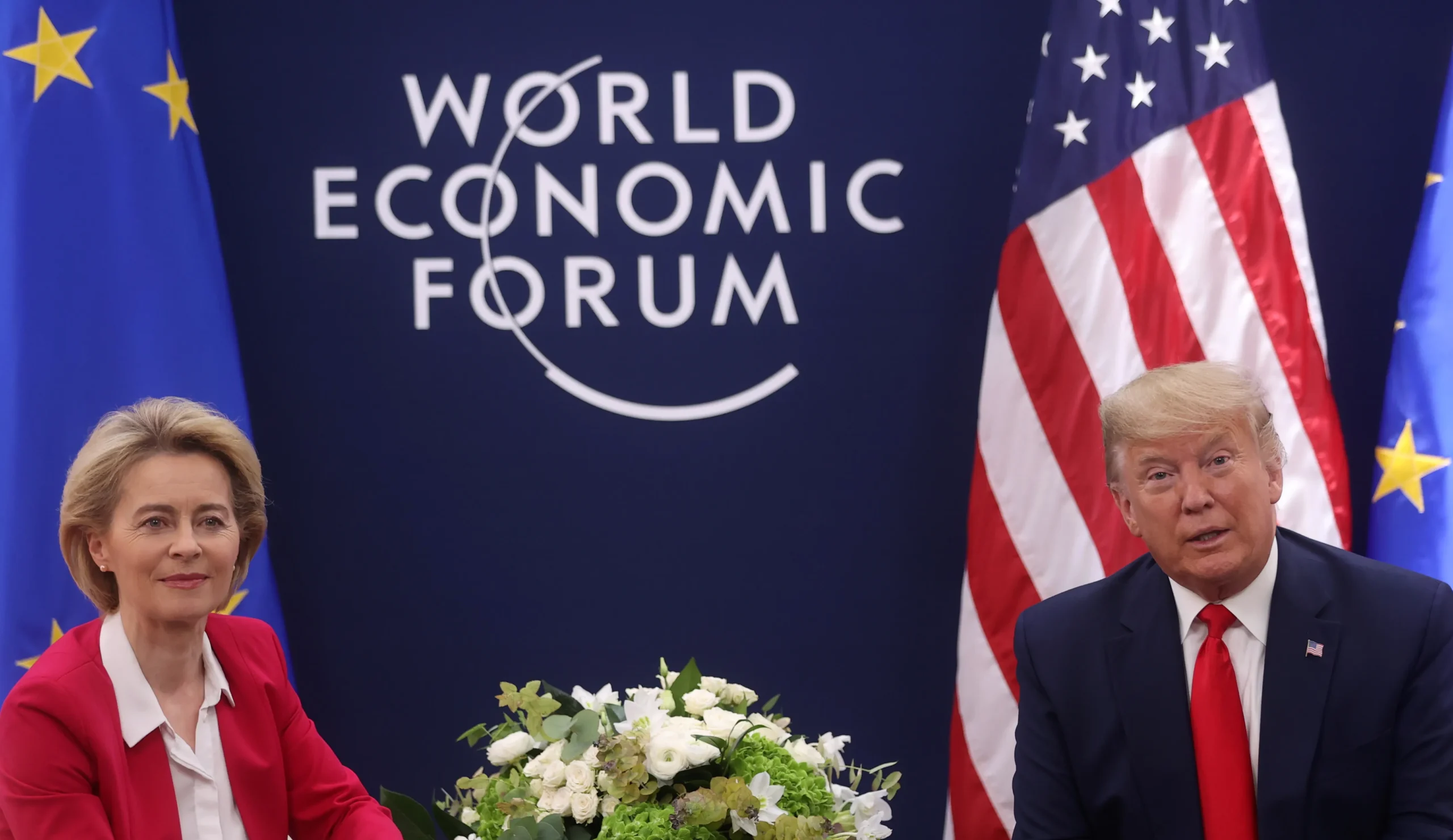
President Donald Trump has reversed course on imposing tariffs against the European Union, extending trade negotiations until July 9 following a telephone conversation with European Commission President Ursula von der Leyen.
Trump announced Sunday that he would postpone the 50 percent tariff on EU imports that he had threatened to implement on June 1, just two days after declaring the punitive measures on Friday.
The development represents another shift in US trade policy, adding to ongoing uncertainty surrounding Trump’s approach to international commerce and its impact on global markets.
“[Von der Leyen] said she wants to get down to serious negotiation. We had a very nice call,” Trump told reporters. “She said we will rapidly get together and see if we can work something out.”
Von der Leyen confirmed the positive nature of their discussion, stating that the EU was prepared to move forward quickly with negotiations. “Europe is ready to advance talks swiftly and decisively,” she posted on X. “To reach a good deal, we would need the time until July 9.”
Trump had originally established a 90-day negotiation window with the EU in April, scheduled to conclude on July 9. However, on Friday, the president appeared to abandon diplomatic efforts entirely, escalating the trade dispute with his tariff announcement.
“I’m not looking for a deal,” Trump had declared Friday. “We’ve set the deal – it’s at 50 percent.”
By Sunday, Trump welcomed von der Leyen’s indication that the bloc remained willing to negotiate but required additional time to reach an agreement.
The EU’s chief trade negotiator, Maros Sefcovic, had responded to Friday’s tariff threat by calling for “mutual respect, not threats” from the United States.
Trump’s initial Liberation Day announcement in April had disrupted financial markets with threats of comprehensive tariffs targeting multiple countries. However, following market declines, threats of retaliation, and global economic concerns, the president has frequently moderated his positions in favor of diplomatic negotiations.
The United States has successfully concluded agreements with the United Kingdom and initiated discussions with China. These developments have provided some market stability, though uncertainty continues as American trade policy remains in flux.
The latest reversal on EU tariffs follows a pattern of policy adjustments that have characterized recent months of US trade relations, with positions shifting between confrontational threats and negotiated settlements.


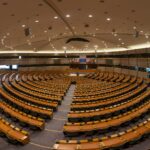

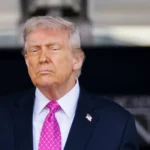





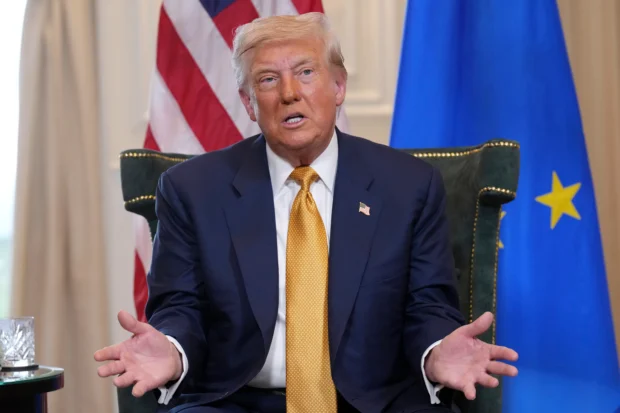
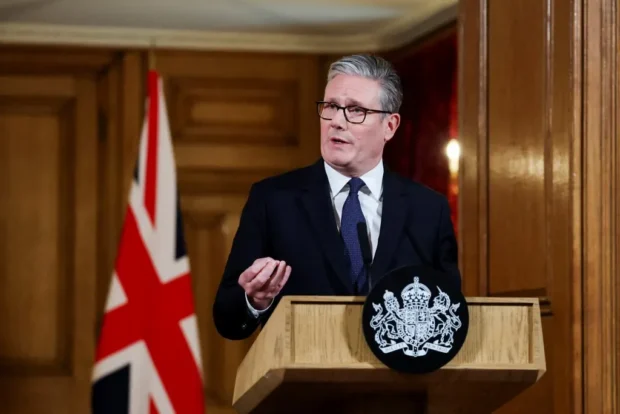
Be the first to leave a comment